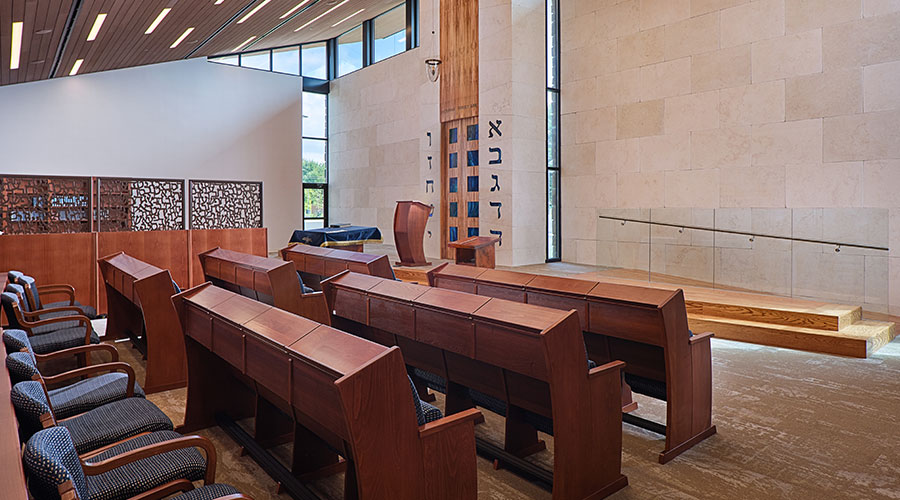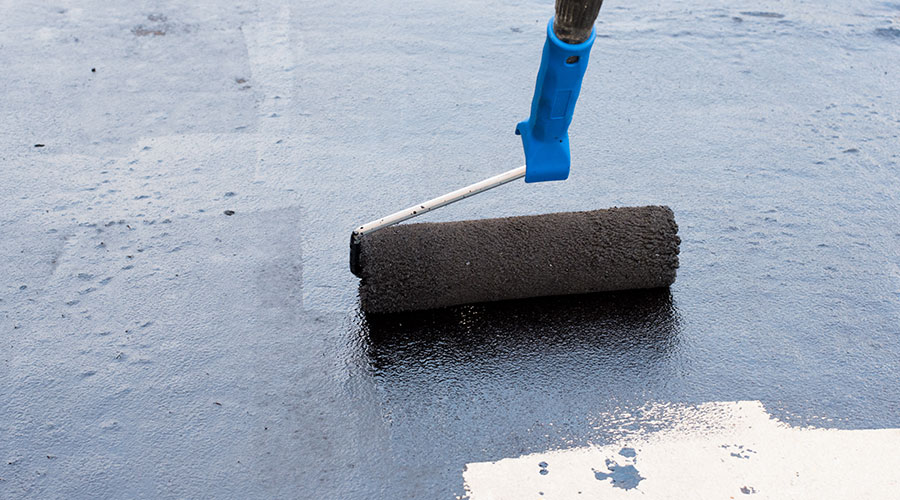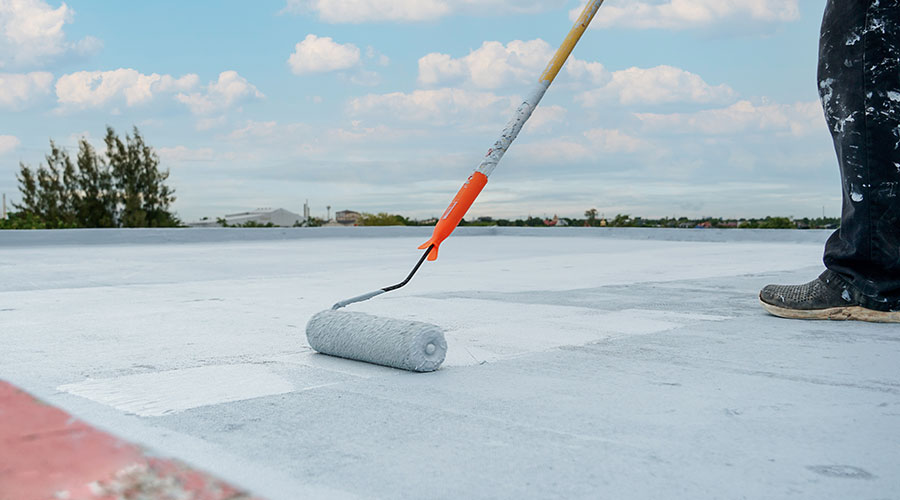Vegetative Roofs: A Look at the Disadvantages
Although vegetative roofs offer many benefits, managers also must consider the disadvantages of such systems:
Maintenance. While conventional roofing membranes require periodic maintenance to repair membrane degradation, vegetative roofing requires periodic landscaping maintenance to remove unwanted weeds and other plants so they do not overtake and detract from the plantings. Managers also must determine whether grounds workers or roofing technicians are responsible for maintaining system components.
Increased costs. Depending on the selected planting method — modular vs. built-in-place — or overburden system, a vegetative roof can cost up to twice as much as a conventional system.
Membrane access. If leaks occur, the planting or overburden systems cover the membrane system. Inspectors must remove this top layer to find and repair the cause of leaks. As with any system, this process is challenging because the interior leak might not align with the membrane breach.
Unwanted wildlife and insects. The planting systems provide suitable habitat for birds, insects, and other wildlife, which managers might not want. Managers might have to specify additional protection to prevent unwanted wildlife and insects from inhabiting the system.
Related Topics:
















